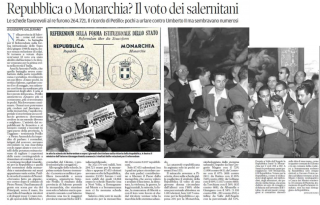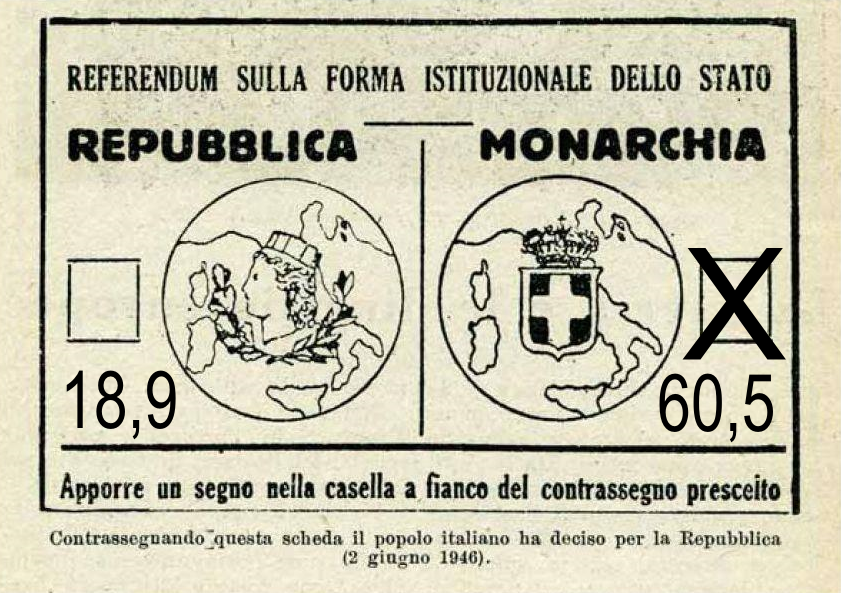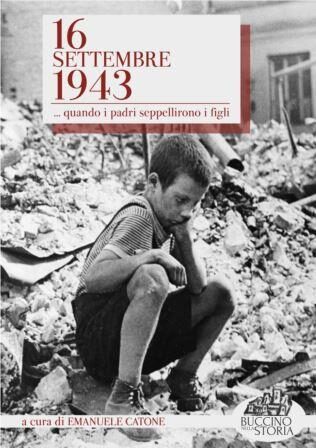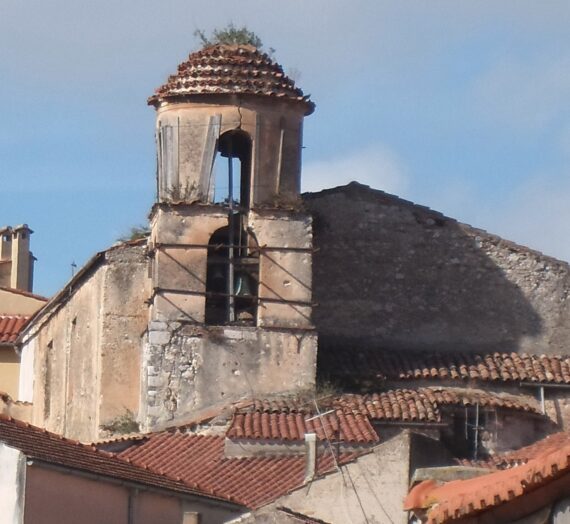 A government decree chaired by Ivanoe Bonomi on 25 June 1944, a few days after the liberation of Rome, determined that at the end of the war she would be elected by universal suffrage, direct and secret, a Constituent Assembly to choose the shape of the state and give the country a new constitution. The De Gasperi government on 16 marzo 1946 entrusted to a popular referendum the decision on the institutional form of the state and the simultaneous execution of the votes for the Constituent Assembly, to be elected with a proportional system. The referendum was called for Sunday 2 it's Monday 3 June 1946. For the first time, women were also allowed to vote.
A government decree chaired by Ivanoe Bonomi on 25 June 1944, a few days after the liberation of Rome, determined that at the end of the war she would be elected by universal suffrage, direct and secret, a Constituent Assembly to choose the shape of the state and give the country a new constitution. The De Gasperi government on 16 marzo 1946 entrusted to a popular referendum the decision on the institutional form of the state and the simultaneous execution of the votes for the Constituent Assembly, to be elected with a proportional system. The referendum was called for Sunday 2 it's Monday 3 June 1946. For the first time, women were also allowed to vote.
The turnout was very high: 89.1% of those entitled voted, for a total of 24.946.878 voters. In the votes for the institutional referendum the Republic prevailed, that he collected 12.718.641 voti (54,3%), against i 10.718.502 voti (45,7%) in favor of the monarchy. The results were proclaimed on 10 June 1946 by the Court of Cassation, and immediately afterwards the Prime Minister Alcide De Gasperi assumed the functions of provisional head of state.
In province of Salerno the voters were 375.737 (87,50%). The majority of the votes went to the monarchy, that he collected 264.721 voti (75,17%), against 87.453 voti (24,83%) assigned to the Republic. Ben 23.563 were the invalid or blank ballot papers.
The city of Salerno voted overwhelmingly for the monarchy, that he got 30,152 voti, while in favor of the Republic they only voted 9.017 voters. In the same way, almost all the municipalities of the Province chose the Monarchy.
Buccino was no exception in this regard. of 2875 valid votes cast by the Buccinesi, only 684 (18,9%) were those in favor ofthe Republic, while the rest 2.191 (60,5%) were cast in favor of the Monarchy.

The vote had a similar outcome in most of the district: Rthey cast express 64 votes for the Republic e 564 for the Monarchy; Romagnano 26 for the Republic e 345 for the Monarchy; Palomonte expressed 448 votes for the Republic e 1103 for the Monarchy; Auletta 167 for the Republic e 1204 for the Monarchy; Caggiano 120 for the Republic e 1541 for the Monarchy; Pertosa 150 for the Republic e 305 for the Monarchy; Contursi 241 votes for the Republic e 1264 for the Monarchy; Sicignano degli Alburni 299 votes for the Republic e 1612 for the Monarchy.
Uthe only exception was that of Saint Gregory the Great, which was among the very few municipalities in the province - only 9 - in which the citizens mostly chose the republican form. 1606 Gregoriani (the 72%) in fact, they chose the republican form, while the Monarchy picked up 641 voti. In the entire province of Salerno, only Pisciotta, where it reached the quota record dell’88%, voted in favor of the Republic with a higher percentage than that of San Gregorio Magno. The Republic also won in Colliano (60%), Controne (67%), Routine (65%), Torchiara (58%), Albanella (54%), Giungano (54%) and in Valle dell’Angelo (51%). Against, the municipality of the province in which the Republic obtained the least votes was Serramezzana, where they only voted in his favor 5 voters.
EMANUELE CATONE
The electoral data are taken from G. Galzerano, In 1946 Salerno preferred the monarchy, “Corriere del Mezzogiorno”, 6 June 2012, Salerno edition, p. 8; e da Id., Republic or Monarchy? The vote of Salerno, “The city”, a. XXIII, n. 107, 2 June 2019, pp. 26-27 with the relative data Municipality by Municipality.






![Fucanoi in Buccino (year 1959) [Buccinese traditions, 1]](http://buccinonellastoria.altervista.org/Sito/wp-content/uploads/2017/03/FALO-3_risultato-570x524.jpg)

Giuseppe D'Angelo
Just one, small clarification. The municipalities of Salerno in which the Republic won are 10 and not 8. The rest, you indicate nine because you missed Roscigno (68,4%).
For the rest, impeccable
a hug